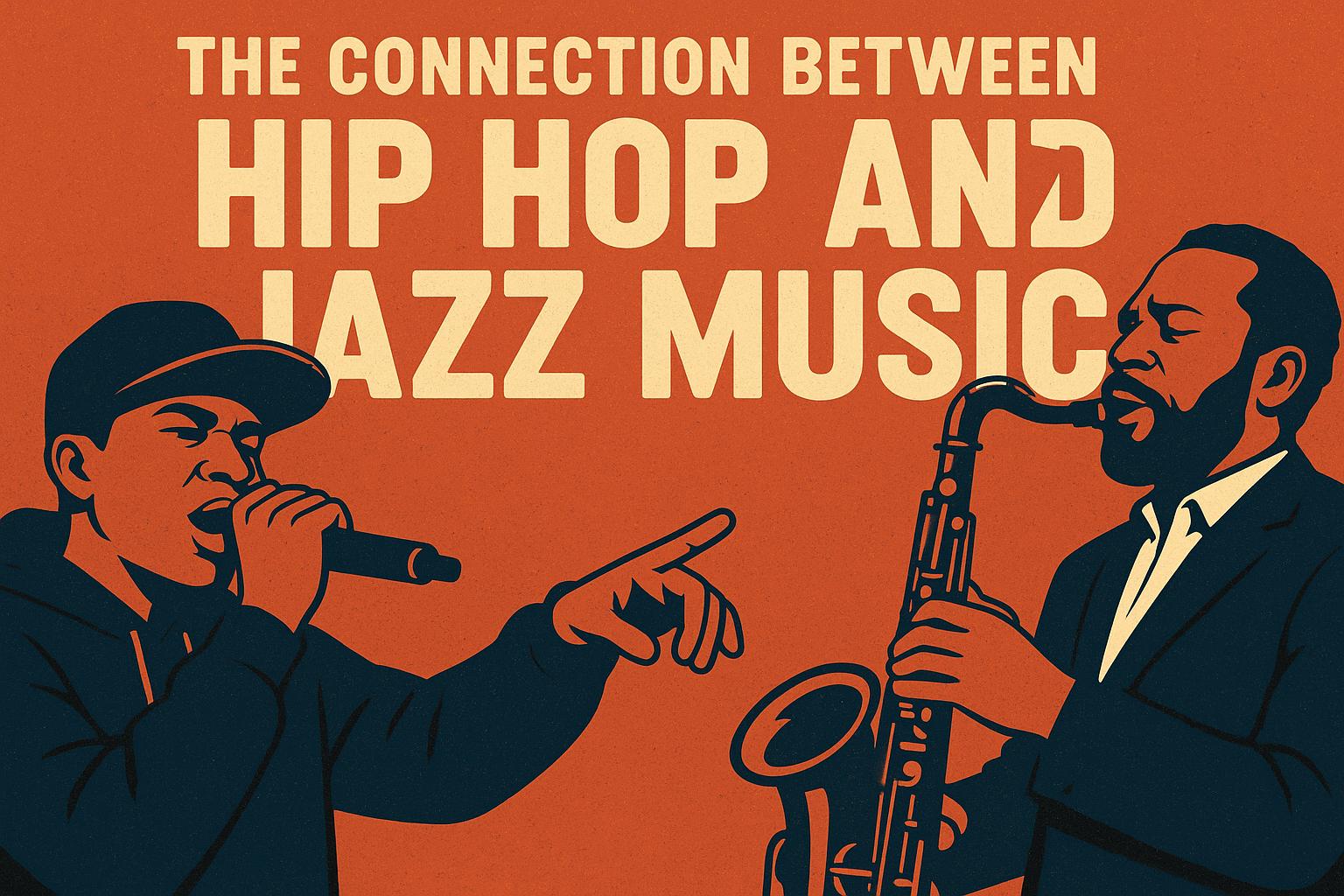The Historical Roots of Jazz and Hip Hop
Jazz and hip hop, two significant American music genres, share a deep-seated historical connection. Emerging in the early 20th century, jazz originated within African American communities, characterized by its complex rhythms and improvisational style. On the other hand, hip hop began in the 1970s in the Bronx, evolving from block parties that featured DJs isolating percussion breaks in funk, soul, and disco songs. Despite their origins in different eras, the two genres have influenced and fed into each other over the decades.
Musical Techniques and Characteristics
Both jazz and hip hop emphasize rhythm and improvisation. Jazz musicians often utilize instruments such as trumpets, saxophones, and pianos, while hip hop traditionally relies more on turntables and computers. However, what connects them is their shared focus on beat and innovation. Sampling, a hallmark of hip hop, frequently involves jazz records. Artists extract and repurpose elements from jazz recordings, blending them into new sonic environments. The Hip Hop Archive & Research Institute explores how these musical recycling techniques have reshaped the boundaries between the genres.
Fusion and Collaboration
Since the 1980s, fusion between jazz and hip hop has produced notable collaborations and genres. Jazz rap, a subgenre of hip hop, exemplifies this blending. Artists like A Tribe Called Quest and Gang Starr incorporated jazz elements into their beats, establishing a rich musical texture that honored both genres. Contemporary artists continue this tradition, often featuring jazz musicians in hip hop tracks. For instance, Kendrick Lamar’s acclaimed album, To Pimp a Butterfly, significantly draws on jazz influences.
Cultural and Social Impact
Exploring themes such as racial identity, societal issues, and resistance, both jazz and hip hop serve as powerful vehicles for social commentary. In the mid-20th century, jazz played a crucial role in the civil rights movement, with musicians like John Coltrane and Nina Simone producing works that resonated with the quest for equality. Similarly, hip hop has amplified voices from marginalized communities, addressing contemporary social justice issues through its lyrical content. Exhibitions like those at the Museum of Modern Art highlight the political dimensions of these genres.
The Future of Jazz and Hip Hop
As musical landscapes evolve, so does the interplay between jazz and hip hop. Advances in technology and increased accessibility to diverse musical resources mean that cross-genre pollination continues to thrive. New artists frequently experiment, pushing the boundaries of what these genres can express. The ongoing dialogue between jazz and hip hop not only pays homage to their shared history but also paves the way for innovative musical expressions in the future.
Intersections of Genre and Society
To appreciate the broader context of jazz and hip hop, it is essential to consider how each genre interacts with its social fabric. Jazz, often termed as America’s classical music, was born in an era of segregation but became a point of congregation and cultural pride for African Americans. Its very essence challenged social norms, suggesting that music could be a form of resistance and an assertion of cultural identity. With venues like the Harlem Renaissance, jazz signified a new chapter of artistic and cultural affirmation.
In parallel, hip hop emerged as a voice for the communities in urban centers facing challenges from socio-economic disparities. It utilized the raw energy of urban life and channeled it into a powerful musical genre emphasizing self-expression and communal storytelling. Through breakdancing, graffiti, MCing, and DJing, hip hop pioneered the idea of street art and culture as valid, respected forms of artistic discourse.
Technological Influences
One cannot overlook the role of technology in the evolution of jazz and hip hop. Jazz benefitted from innovations such as radio, phonograph records, and eventually, television, which helped spread its sound globally. Recordings of live performances allowed jazz musicians to reach audiences far beyond they could physically travel to.
For hip hop, technology was a double-edged sword. On the one hand, the advent of the turntable era, and later, digital sampling technologies, allowed for remarkable creativity and the birth of complex beat structures. On the other hand, the proliferation of digital streaming platforms has fundamentally reshaped how music is consumed, allowing hip-hop artists to attain global audience reach almost instantaneously.
Gender and Representation
Jazz and hip hop have also historically been male-dominated fields. However, throughout history, women have made significant contributions to both genres. In jazz, figures like Billie Holiday and Ella Fitzgerald not only brought attention to the genre through their remarkable vocal talents but also added depth to its emotional and lyrical content. Similarly, in hip hop, artists like Queen Latifah, Missy Elliott, and Lauryn Hill have broken barriers, confronting stereotypes and carving out space for female representation within the genre.
The Role of Education
Educational institutions and programs have increasingly focused on jazz and hip hop, recognizing their cultural significance and educational value. Music programs in schools and universities now include jazz studies, understanding its improvisational technicalities and historical importance. Similarly, academic studies on hip hop have emerged, with scholars examining its cultural, social, and political ramifications. These efforts contribute to a broader understanding and appreciation of both genres, recognizing them as integral components of American cultural heritage.
Global Influence
Both jazz and hip hop, originally American-born, have transcended their native borders to influence global music landscapes. Jazz’s improvisational nature and harmonic complexities have made it a universal language among artists worldwide. Similarly, hip hop’s assertion of identity and rhythmic innovation has resonated globally, morphing into various international styles like the French rap, Brazilian funk, and Korean hip hop. This global diffusion signifies not just an appreciation but also an adaptation of these genres to fit local cultural narratives, enriching the musical world in return.
The historic intertwining of jazz and hip hop, with their shared roots of improvisation and community storytelling, presents a unique narrative that continues to evolve. They are more than just music genres; they are dynamic cultural conversations. Each time a new jazz-inspired hip-hop track emerges or a jazz musician incorporates hip-hop elements, they contribute to a tradition of cross-genre respect and creativity. Ultimately, jazz and hip hop remind us that innovation often happens at intersections, where the unlikely or unexpected meet to form something entirely new.





